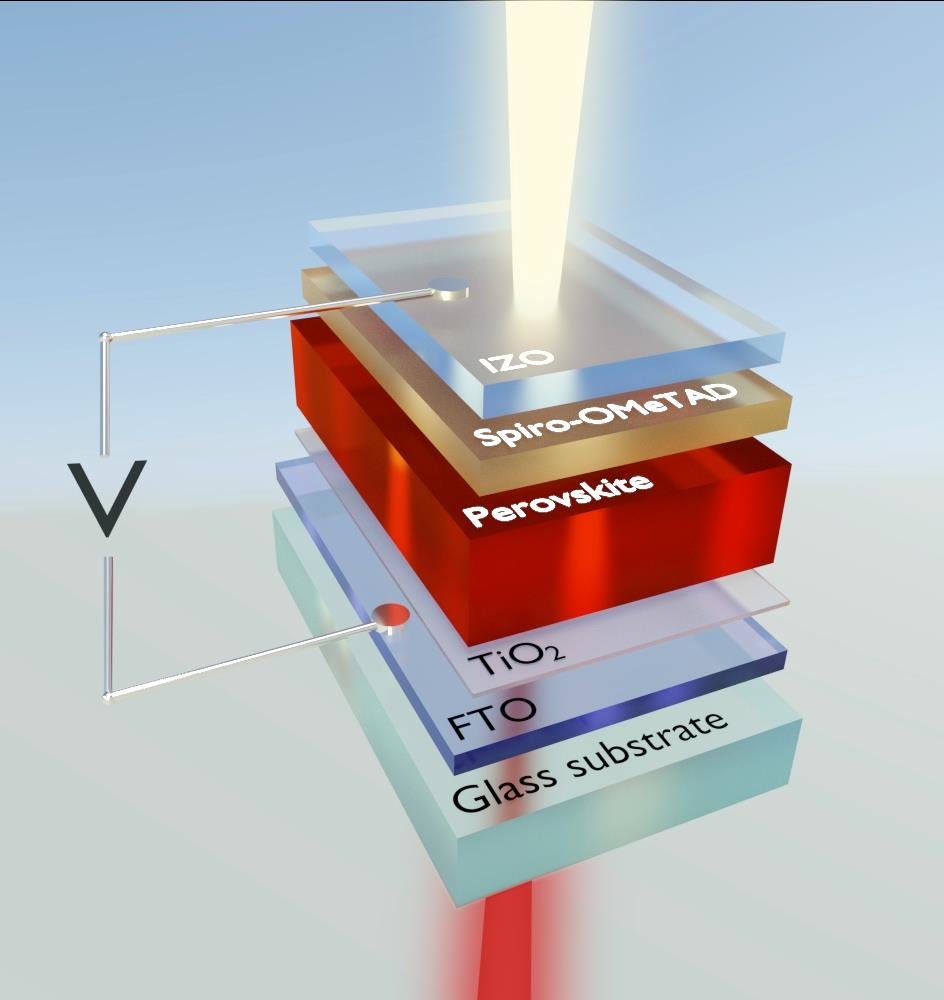
These values are comparable to those obtained using carbon nanotubes and metal or metal-oxide based sensors. The performance of the electrode in terms of sensitivity for H2O2 amperometric detection was (1.1 ± 0.1) × 105 μA M−1 cm−2 mg−1 while the LOD was 0.50 nM at a working potential of -0.200 V. The best response was obtained using graphites with smaller particle sizes (2 μm and 17 μm), modified with nano-magnetite. The electro-catalytic behavior of modified glassy carbon electrodes, using magnetite-graphite hybrids exhibited an enhanced catalytic ability towards H2O2 reduction. The amount of immobilized magnetite was controlled by the number of defects present in the different pristine graphite materials. The results show that the graphite structures were densely decorated by spherical Fe3O4 nanoparticles. These new structures were characterized using different techniques. They’ll be about production costs, environmental concern about building and recycling, lifespan and all the others, too.īut over 30% is a high efficiency and that gives enthusiasts cause for confidence.A simple synthesis procedure was designed to obtain hybrid materials based on graphite structures and magnetite nanoparticles. This is good work, as every photon has to pay for solar to stay in the energy business, and even then the competition is going to be fierce. The prime question being, “What the cost will be at industrial scale to build panels?” with the exactness the team is showing in the lab studies. Congratulations are in order! The light management the team has accomplished will have an impact on consumer products over time.

For those watching clearing the 30% mark is a milestone. In the Nature Nanotechnology paper the team is saying they’ve clear 31% efficiency. These results are not only valuable for tandem solar cells made of perovskite and silicon, but also for perovskite-based light-emitting diodes. In addition, a dielectric buffer layer on the back of the silicon reduces parasitic absorption at near-infrared wavelengths.Īt the new record milestone, the researchers assert that customized nanotextures can help to improve perovskite semiconductor materials on diverse levels. Related: Biden Just Put A Floor Under Oil. “Most surprising, this texture brings several advantages at once: it reduces reflection losses and ensures a more regular perovskite film formation,” explained Becker. Steve Albrecht (perovskite top cell) said, “Our competences complement each other very well.”īecker’s team introduced a nanooptical structure into the tandem cell: a gently corrugated nanotexture on the silicon surface.

Bernd Stannowski (silicon bottom cell) and Prof. Christiane Becker, who developed the world record cell with the team led by Dr. After they presented the details in Nature Nanotechnology, the journal also invited them to write a research briefing to summarize their work and give an outlook on future developments. The HZB teams had worked closely together for the record-breaking tandem cell. It was in the summer of 2022 that a Swiss team at EPFL succeeded in surpassing this value.

This was an absolute world record that stood unbeaten at the top for eight months. Recently, in November 2021, HZB research teams achieved a certified efficiency of 29.8 % with a tandem cell made of perovskite and silicon.

Tandem cells from HZB have already achieved several world records.


 0 kommentar(er)
0 kommentar(er)
